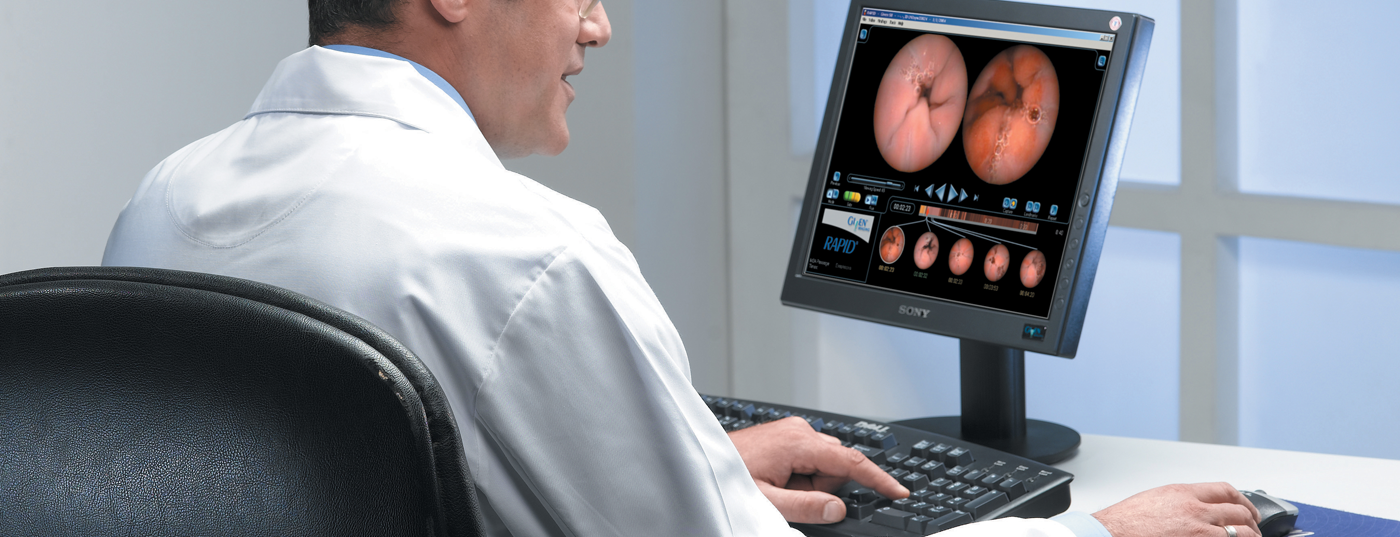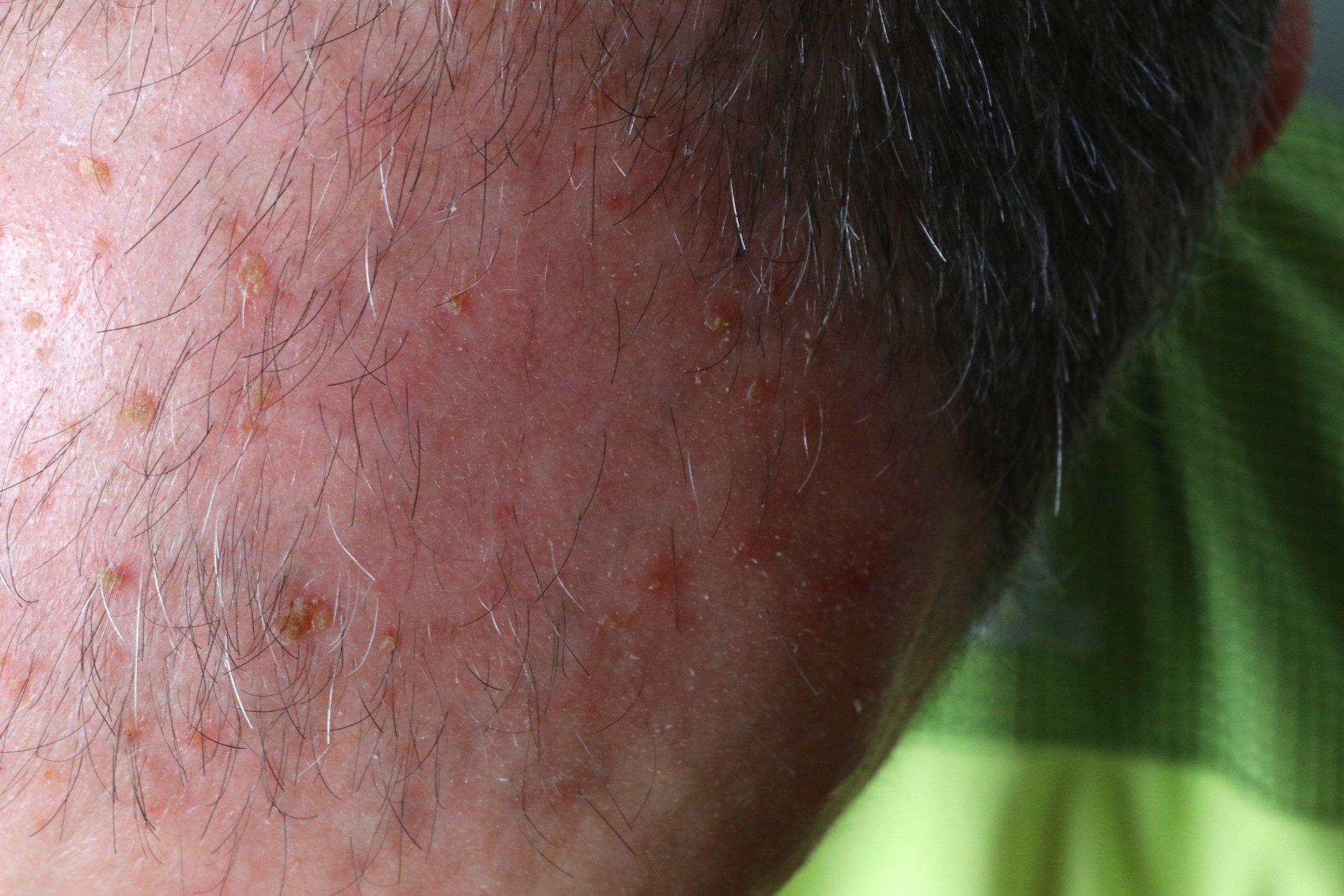As a therapist in oncology rehabilitation, I once encountered a patient who quoted her surgeon as saying, “I was able to remove your tumor completely. You are healthy again.” At second glance, this initially very pragmatic statement hides a large part of reality. Questions, fears and uncertainties are often at least as stressful as the direct consequences of surgery, chemotherapy or radiotherapy and require a sensitive and interdisciplinary approach by the caring professionals in all stages of the disease and all phases of treatment.
First, of course, measures must be taken that primarily ensure the survival of the patient. In the last issue of InFo ONCOLOGY & HEMATOLOGY we could read about a new surgical method in brain surgery and about news in pediatric and geriatric oncology. The current issue focuses, among other things, on developments and the study situation in the perioperative radio-chemotherapeutic treatment of esophageal and gastric tumors. The article by Norbert Lombriser, MD, Zurich, impressively shows how complex the combination of therapy options is depending on the entity, stage and localization of the tumor.
In ICF-oriented rehabilitation, the selection of therapy options is based on completely different factors. Limitations in physical functionality and performance are not primarily dependent on the stage and entity of the tumor or its treatment. Rehabilitation after visceral surgery and an integrated therapy that is gentle on the abdominal wall builds a bridge back into the patient’s everyday life. The article on this tries to take a holistic approach to the subject: On the one hand, it is based on medical facts and the resulting consequences for therapy and training, but it also describes how important this phase of regaining independence, mobility and resilience as early as possible is for the patient.
All of these topics highlight how oncology is on the move to optimize treatment and therapy and minimize the associated burden for the patient. It remains a challenge to optimize the interfaces between acute care, rehabilitation and follow-up treatment.
Silvio Catuogno
InFo Oncology & Hematology 2014; 2(6): 4.












